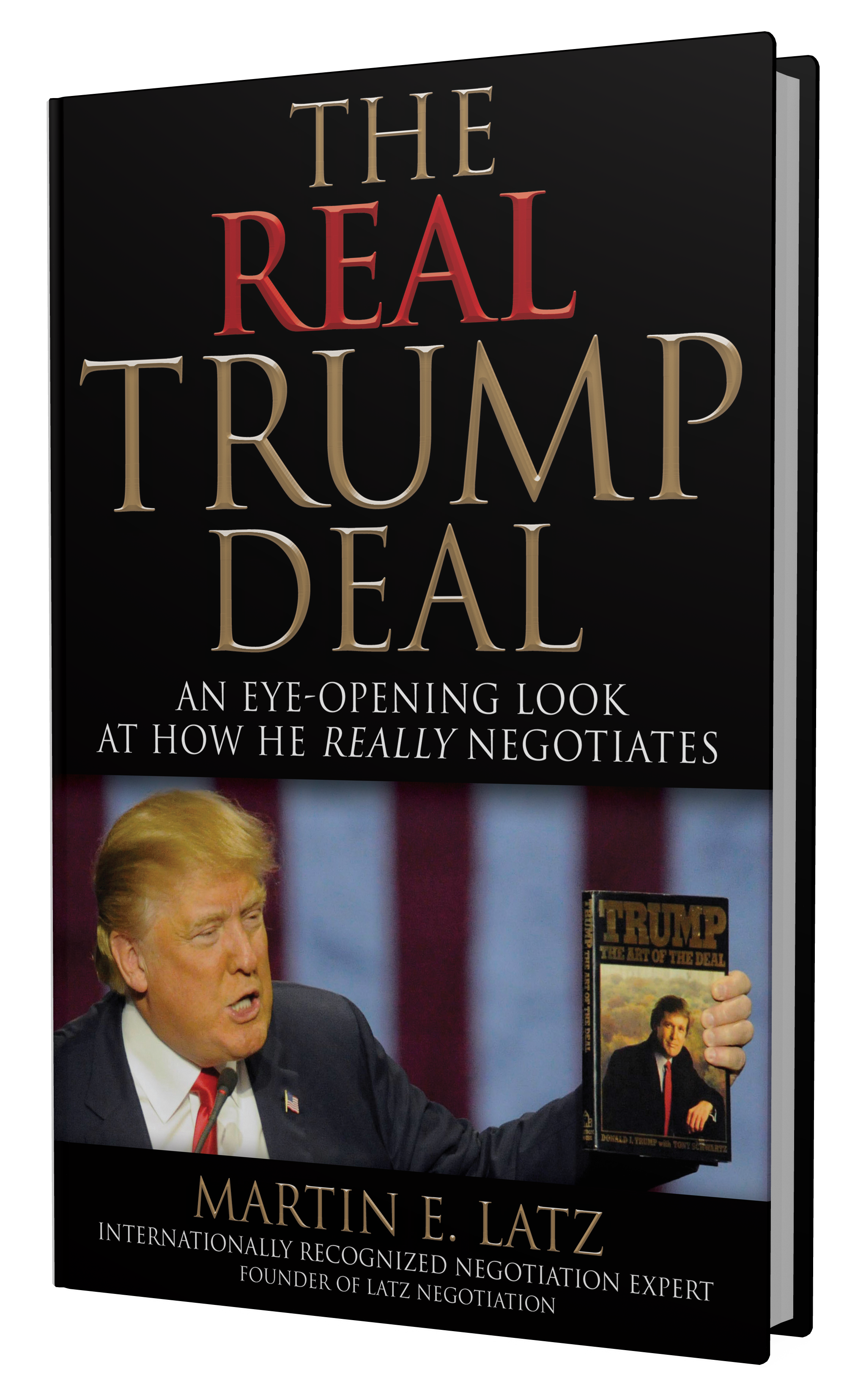“I want to get the best deal, but I don’t want to harm the relationship between the parties, especially as we’re often negotiating difficult issues with our own customers.”
This can be one of the toughest situations negotiators face, especially if your counterpart has a significant ego and the negotiation revolves around zero-sum issues (where one dollar more for one side necessarily means one dollar less for the other).
What can you do here, if your counterpart is out to “win” and beat you, you don’t want to “lose,” and there’s no short-term “win-win” solution?
1. Be professional.
Always maintain your professionalism and respectful demeanor in these negotiations. While this should be standard practice in all your negotiations, it is especially critical in negotiating with those with whom you want a future relationship.
And maintain your professionalism even if your counterpart engages in underhanded tactics. Your reputation and effectiveness will take a hit if you lower yourself to their level.
2. Avoid negotiation “games.”
Avoid using any negotiation “games” that may come back to haunt you in later negotiations with the same party.
Negotiation “games” to avoid include: context manipulation (manipulating the time, location or setting of the negotiation to make your counterpart feel less powerful); power in numbers (showing up at the negotiation with many more parties than your counterpart); and other similar tactics.
For a comprehensive description of these and other negotiation “games” to avoid, see my April 6, 2001, Business Journal column on negotiation games at www.expertnegotiator.com.
Learn More About Negotiations

3. Focus on objective criteria.
When negotiating a zero-sum issue like how much to discount a product or service for a customer, emphasize the criteria underlying your proposed discount. Suggest your discount is fair based on standards such as:
- Market value (this is the discount we give to all our preferred customers).
- Precedent (this is the percentage discount we gave you last year based on the volume you purchased).
- Costs/profits (with this discount, our price to you is only 5 percent over our cost).
- Efficiency (with this discount and our product you should be able to increase your efficiency and save even more in the long run).
4. Build in sufficient “room to move.”
How many times have you left a negotiation feeling you achieved a good deal based on how far you were able to get the other side to move?
“I know we got a great deal on our house,” you might say, “because John came down $20,000 off his list price, and we only increased our bid by $5,000.” This is common.
What happened here? You evaluated your success by how much your counterpart moved. The more they moved, the more successful you feel.
In tough negotiations with ego-driven counterparts, it is critical to factor this psychological element into your offers and concessions.
Don’t just start at one price and refuse to move. Instead, start higher and give them a discount. Provide them with the ability to walk away feeling like they got a good deal.
5. Make the last concession.
Finally, make the last concession, especially if it is a minor one. By giving in a little at the end, you will give your counterparts the psychological impression that they “won.” This has a significant value to you, as satisfied negotiators will be much more likely to stick with the agreement.
Plus, satisfied negotiators will be much more likely to come back for more. That, of course, is one of your primary goals in this type of difficult negotiation.
Published June 4, 2004 The Business Journal

